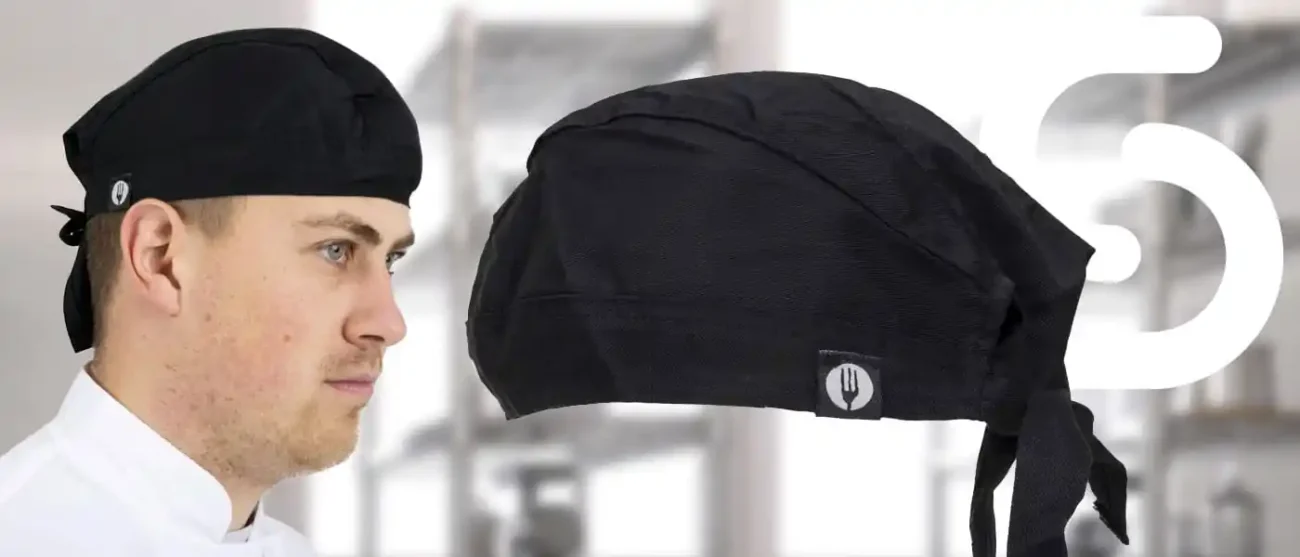Complete Safety Signs Checklist (England & Wales)
Ensuring your venue stays legally compliant. If your catering or hospitality venue is situated in England or Wales, your signage
Ensuring your venue stays legally compliant. If your catering or hospitality venue is situated in England or Wales, your signage
Available in a range of sizes, our brand new illuminated menu covers are all the rage. Our illuminated LED menu
Shop across our entire range of catering & hospitality products with up to 70% off until midnight Monday 1st December.
The leather menu cover can play a crucial role with customer’s first impressions. At Smart Hospitality Supplies, we have made
When we step into a restaurant, we often take in the sumptuous dishes, the atmosphere, and the chefs in the kitchen. Amidst their array of tools and attire, one thing that catches the eye is the chef’s hat. Hats have a rich past and have transformed into a culinary prowess and professionalism symbol over time, but new, more modern versions have now entered the block. In this blog, we’ll delve into the history of the classic toque and the new cook hats emerging in the chef uniform.

The toque, in its various forms, dates back centuries, likely evolving from the head coverings worn by cooks throughout the record. One of its early predecessors was the “casque à meche,” a stocking cap worn by 18th-century French chefs. This cap was intriguing because its colour indicated the chef’s rank. This was more than just a fashion statement; it subtly revealed a chef’s status and skills in the kitchen.
It wasn’t until Boucher, the personal chef of the influential French statesman Talleyrand, that white toques gained prominence. Boucher insisted that his fellow chefs wear white toques alongside chef jackets for hygiene reasons, setting a trend that would become synonymous with cleanliness in the culinary world.
The modern toque, as we know it today, is often credited to the renowned French chef Marie-Antoine Carême (1784–1833). Carême was not just a culinary genius but also a trendsetter. He took the casque à meche and added a touch of innovation by stiffening it with cardboard. This simple modification transformed the traditional cap into the tall, elegant toque now a hallmark of fine dining.
Carême’s choice of the toque wasn’t merely about aesthetics. The tall, pleated design of the hat served practical purposes in the kitchen. It allowed heat and steam to escape, keeping the chef cooler during long hours of cooking. Additionally, the height of the toque symbolised a chef’s level of expertise in chef clothing, with each pleat representing a specific culinary skill mastered.
Today, modern chefs’ headwear comes in various styles, reflecting tradition and innovation.
In modern kitchens, chefs may wear various hat styles, from the classic toque to more streamlined and functional designs. These headwear not only form part of the chef’s uniform but also make a statement about the chef’s style and the restaurant’s ambience. They are a canvas for creativity, often adorned with unique embroideries or colours that reflect the chef’s individuality.
In conclusion, the history of modern chef’s hats is a captivating journey that has seen them evolve from practical head coverings to elegant symbols of culinary expertise. Whether it’s the classic toque or a more contemporary design, these hats narrate a tale of tradition, innovation, and the enduring passion chefs bring to their profession.
The next time you dine at a restaurant and catch a glimpse of a chef’s hat, remember the centuries of history it represents. It’s not just an accessory; it is clothing that symbolises dedication to the culinary arts, a commitment to excellence, and a reminder of the rich heritage of cooking that has shaped the world of gastronomy.
From the traditional professional versions to the modern headgear, the chef’s hat remains an icon in the culinary world.



A Company Registered in England & Wales Company Registration Number: GB05069286 VAT Registration Number: GB867112521 Smart Hospitality Supplies is a trading division of The Smart Marketing & Media Group Limited
